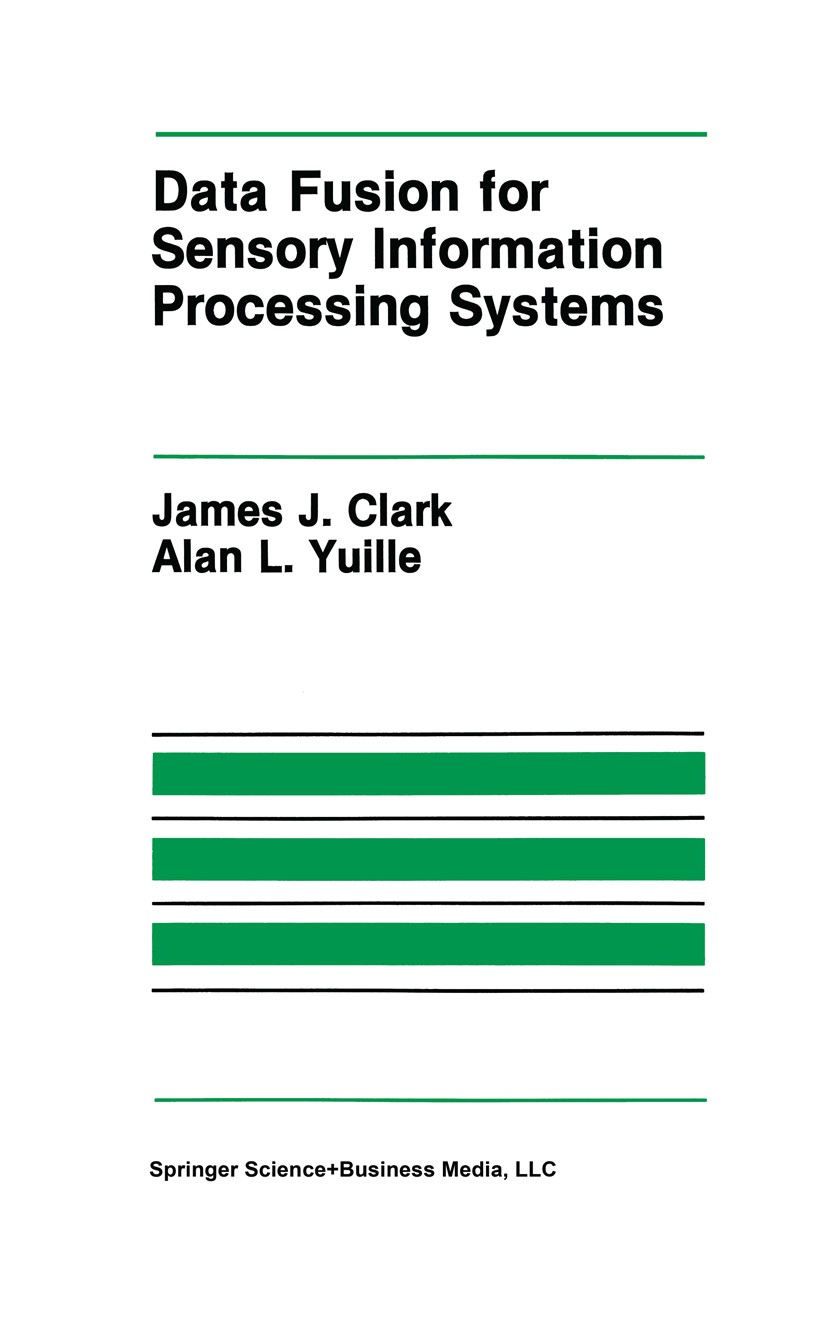| 書目名稱 | Data Fusion for Sensory Information Processing Systems | | 編輯 | James J. Clark,Alan L. Yuille | | 視頻video | http://file.papertrans.cn/263/262811/262811.mp4 | | 叢書名稱 | The Springer International Series in Engineering and Computer Science | | 圖書封面 |  | | 描述 | The science associated with the development of artificial sen- sory systems is occupied primarily with determining how information about the world can be extracted from sensory data. For example, computational vision is, for the most part, concerned with the de- velopment of algorithms for distilling information about the world and recognition of various objects in the environ- (e. g. localization ment) from visual images (e. g. photographs or video frames). There are often a multitude of ways in which a specific piece of informa- tion about the world can be obtained from sensory data. A subarea of research into sensory systems has arisen which is concerned with methods for combining these various information sources. This field is known as data fusion, or sensor fusion. The literature on data fusion is extensive, indicating the intense interest in this topic, but is quite chaotic. There are no accepted approaches, save for a few special cases, and many of the best methods are ad hoc. This book represents our attempt at providing a mathematical foundation upon which data fusion algorithms can be constructed and analyzed. The methodology that we present in this text is mo- tivated b | | 出版日期 | Book 1990 | | 關(guān)鍵詞 | Frames; Stereo; algorithms; classification; cognition; sensor; shading | | 版次 | 1 | | doi | https://doi.org/10.1007/978-1-4757-2076-1 | | isbn_softcover | 978-1-4419-5126-7 | | isbn_ebook | 978-1-4757-2076-1Series ISSN 0893-3405 | | issn_series | 0893-3405 | | copyright | Springer-Verlag US 1990 |
The information of publication is updating

|
|
 |Archiver|手機(jī)版|小黑屋|
派博傳思國際
( 京公網(wǎng)安備110108008328)
GMT+8, 2025-10-5 23:21
|Archiver|手機(jī)版|小黑屋|
派博傳思國際
( 京公網(wǎng)安備110108008328)
GMT+8, 2025-10-5 23:21


